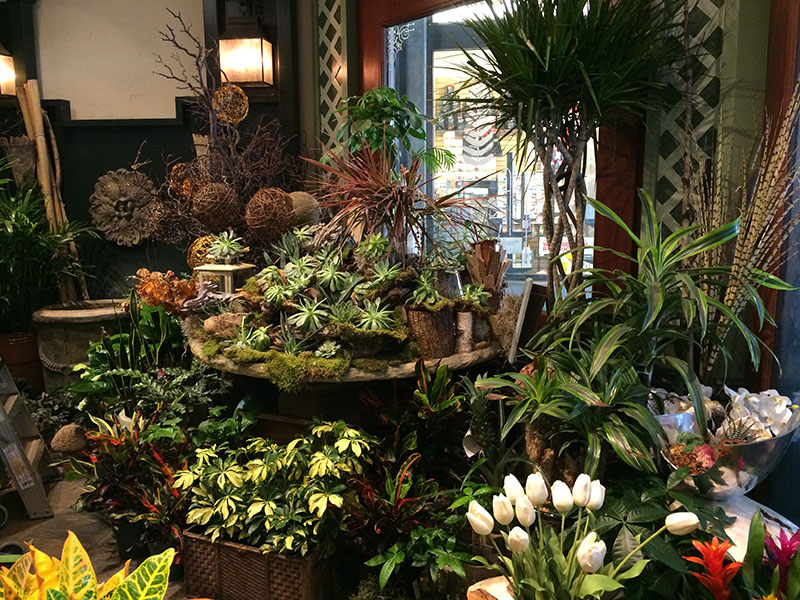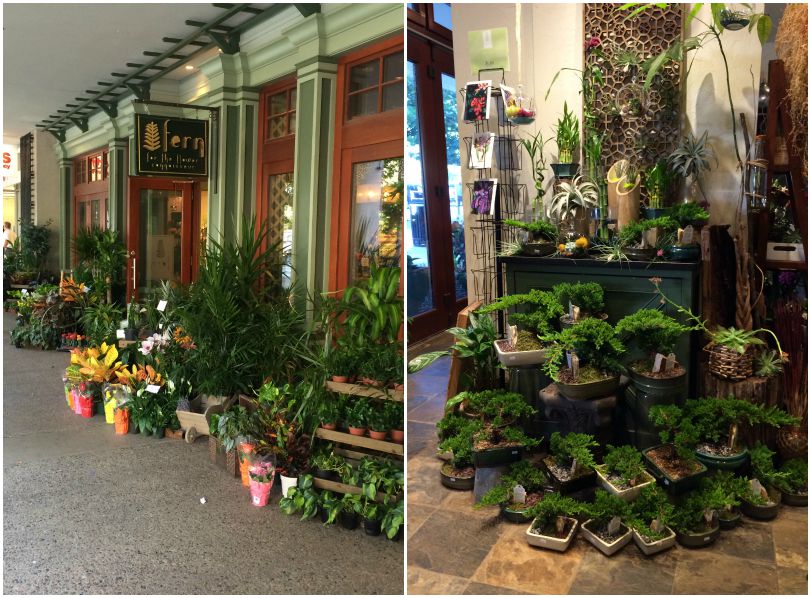The No-Fail Guide to Growing Indoor Plants

Fern flower shop. Photo by Olivia Rassow
At Fern, the Massachusetts Avenue flower shop in walking distance of Boston University, Northeastern, the Berklee College of Music, and others, students describe their dorm rooms, and florists guide them to the plant that they’re least likely to kill by winter break. Most are looking for terrariums and desk plants that are easy to care for, florists say, but the store carries everything from Venus fly traps to pineapple plants.
Anyone looking to add indoor gardening to their list of fall semester activities should take note and choose carefully.
For the easy A: Choose low-maintenance plants that thrive in dim lighting and don’t require much attention—examples are succulents, bella palm plants, cactuses, creeping vines, which cascade down bookshelves, and jade plants, which last forever and are known for luck. Plan to water these plants once a week. Bamboo is another easy plant to keep, as it only needs to rest in water to stay healthy.
For some bragging rights: Leafy green plants require more attention, but offer lush foliage. Choose alocasia, Chinese evergreens, or crotons, which get brighter as they’re exposed to the sun. Flowering plants also fall into this category. Begonias, for example, are hearty, but only stay healthy with regular watering and removal of dry bottom leaves.
For extra credit: For a labor of love (and the plant that needs care over long weekends away), choose a bonsai tree, which will thrive with the temperature fluctuations of a window sill, and needs sunlight and water every day. Orchids and maidenhair ferns are also beautiful, but can be finicky and need lots of water.

Photos by Olivia Rassow


